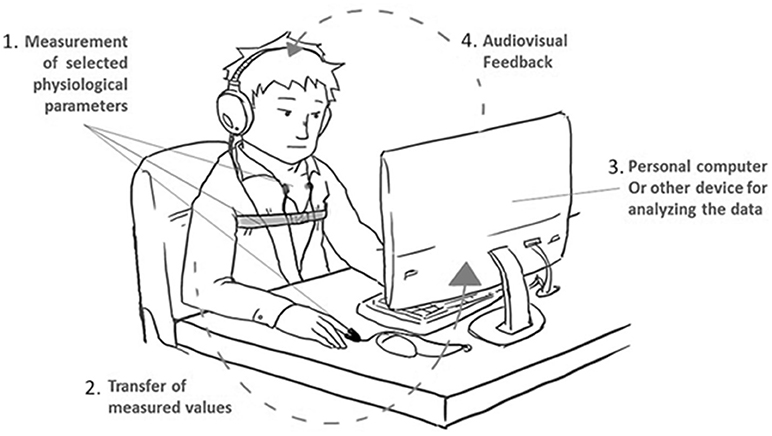Unknown Facts About Biofeedback for Kids - Children's Health Orange County

Examine This Report about Biofeedback - HealthyWomen
Your therapist will help figure out which biofeedback method is ideal for you, based upon your health problems. The success of biofeedback treatment depends on several aspects, such as how typically you utilize the techniques you learn throughout treatment in your every day life.
Biofeedback therapy can assist individuals alter unhealthful routines by translating aspects such as electrical brain activity. There are 3 typical kinds of biofeedback treatment: Thermal biofeedback measures skin temperature level. Electromyography measures muscle stress. Neurofeedback, or EEG biofeedback concentrates on electrical brain activity. EEG biofeedback may assist patients with attention deficit disorder (ADHD), addiction, anxiety, seizures, anxiety, and other kinds of brain condition.

Using Biofeedback and Neurofeedback to Access the Zone Mentality
The therapist sees the measurements on the monitor, and, through experimentation, recognizes a range of mental activities and relaxation strategies that can assist control the client's bodily processes. Eventually, This Is Noteworthy learn how to manage these procedures without the requirement for tracking. How lots of sessions will I need? Sessions typically last less than one hour.

What Is Biofeedback and Neurofeedback? - BrainLine
For other conditions, such as hypertension, improvements might take 20 sessions to appear. Alongside these sessions will be mental and relaxation activities that the individual will complete in the house for 5 to 10 minutes a day. It remains uncertain why or how biofeedback works, however it appears to benefit individuals with conditions related to stress, according to The University of Maryland Medical Center (UMM).
The Facts About Definition of EEG biofeedback - NCI Dictionary of Cancer Terms Uncovered

Biofeedback therapy teaches relaxation and mental exercises that can alleviate symptoms. Migraine People often look for biofeedback and relaxation methods to treat headaches and migraine, but research studies into its effectiveness have actually produced blended results. In 2015, a found that biofeedback treatment lowered the frequency and intensity of symptoms in individuals with migraine headaches.
The authors note: "Biofeedback is an incredibly pricey and lengthy treatment technique that, in our research study, provided no fringe benefit when compared to basic relaxation methods alone, in the treatment of migraine and tension-type headaches in grownups." The Michigan Headache and Neurological Institute (MHNI) suggest that biofeedback treatment enhances signs of headache and migraine in 40 to 60 percent of patients, comparable to the success rate of medications.
